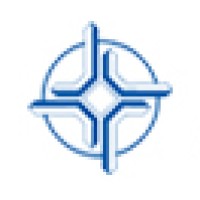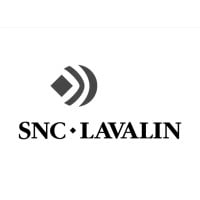
China Communications Construction Co., Ltd.
China Communications Construction is a civil engineering company based out of BEIJING. China Communications Construction representatives, don’t miss out on opportunities to build relationships with members on LinkedIn. Claim your page, write a simple description, and share content to attract followers that can lead to new customers, brand fans, and future employees. Go here to get started: http://linkd.in/1DUpBvu






